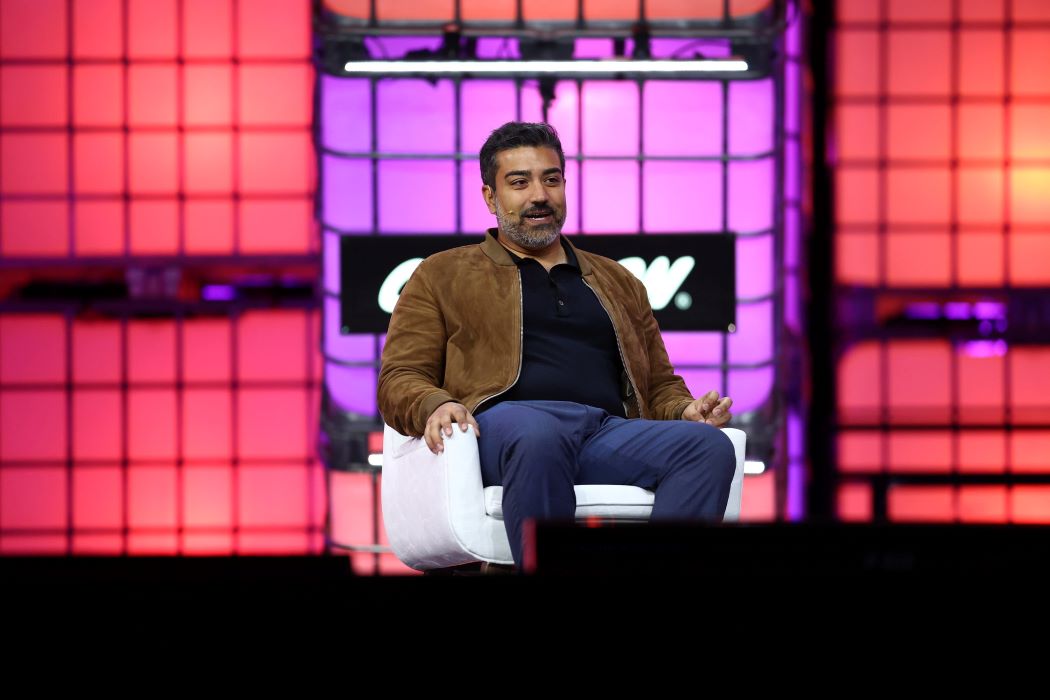
Bram Stoker’s Dracula Was Francis Ford Coppola’s Last Stand
Though it was 30 years ago and I didn’t attend, there are things I remember about the November 1992 release of Bram Stoker’s Dracula. I remember the lines and intonations of the trailers, both the teaser version featuring close-ups of thick, shiny blood droplets rushing together under a voiceover that sounds a bit like Laurence Fishburne, and the full trailer where Winona Ryder pleads with Dracula (Gary Oldman) to “take me away from all of this… death.” I remember the dripping-gothic font—the font scared the hell out of me. I remember my aunt and uncle, on the younger and hipper end of my family tree, calling it the worst movie they’d ever seen. Though I didn’t catch it theatrically, I remember that a lot of people did, especially on its opening weekend, which for 1992 was up there with Batman and Lethal Weapon sequels.
Imagine: All this over a Francis Ford Coppola movie! Coppola’s name is right in the front of the marketing, and while this will certainly be the case for his long-gestating Megalopolis, which finally just began filming, it’s unlikely to receive the lavish, mainstream push that Bram Stoker’s Dracula did. Indeed, while Dracula was success enough to inspire a mini-boom in adult-oriented reimaginings of classic movie monsters, and though Coppola made a couple more big studio movies later in the ‘90s, three decades later, this one feels like the inadvertent last stand for his time as a marquee filmmaker.
Coppola makes it count: His movie is absolutely saturated with color, shadow and the craft required to wield them, a gothic horror epic made without any computer effects—just before Jurassic Park kickstarted the next phase of the CG revolution. Instead, Coppola retells the story of Dracula using matte paintings, miniatures and in-camera optical illusions, some dating back to the earliest days of cinema—an era also depicted in this 1897-set movie, where Dracula, in a dashing-young-man guise, drags Mina Harker (Winona Ryder) to a London theater showing silent nudie reels. (“If you seek culture, visit a museum. London is full of them,” Mina huffs at first.)
The whole movie prowls and creeps and pulses with life. Menacingly fast point-of-view shots, pushing through the scenery, recall Sam Raimi. Scenes dissolve between each other ostentatiously and memorably, like the vampire bite that fades into the growing green eyes of a wolf. The shadow that stretches, grasping, across the wall in homage to Nosferatu is practically its own character; so are the costumes by the late Eiko Ishioka.
This is indicative that sometimes there is perhaps more technique behind the camera than human-scale passion on screen. Coppola does try to emphasize the intoxicating (and also toxic) Mina/Dracula relationship, and how the sexual repression of the period turns lust into a kind of monstrous illness, but any intended psychosexual triangle between Mina, Dracula and Jonathan (Keanu Reeves) collapses, unable to withstand one of just a few truly bad Reeves performances, or Ryder’s lack of real chemistry with her costars, or the epistolary nature of Stoker’s novel, which makes for some killer transitions between locations and scenes, but not always great drama.
This is not, in other words, Coppola doing for gothic horror what The Godfather did for a pulpy crime paperback; if anything, this translation feels more lurid, rather than the rich, stately Puzo adaptation. Despite the author-possessive title, Coppola was paying tribute to a cinematic pulp as much as literature, and a little late in doing so, at least compared to his peers. Bram Stoker’s Dracula feels like the closest thing to his Raiders of the Lost Ark or Star Wars, the commercial genre riffs from his pals Steven Spielberg and George Lucas, and its early-cinema homages predate Martin Scorsese’s Hugo by nearly a decade.
It’s a tonier but also more quixotic pursuit than Indiana Jones or Star Wars, because Dracula was already a cinematic icon, not half-forgotten like the serials inspiring Spielberg and Lucas. Presumably the familiarity of the character and Coppola’s box office success reviving him led to the mini-boom in prestige monster horror that followed, with Sony making their own public-domain-assisted version of the Universal monsters: Bram Stoker’s Dracula, Mary Shelley’s Frankenstein and the Mike Nichols/Jack Nicholson collab Wolf. Together, they formed the original Dark Universe, albeit not formally connected (though Coppola did produce that Frankenstein, which grossed about as much total as Dracula did in that first flush weekend).
Dracula is the best one of this group by a substantial measure; the other two aren’t possessed with such otherworldly frenzy. (Kenneth Branagh, directing himself through the histrionics of Frankenstein, works the material into a lather, but he’s very much of this earth.) In fact, Coppola made one of the best big-budget horror movies of a decade where the genre had a surprising flirtation with mainstream respectability as ’80s slasher sequels waned (at least until Scream brought the subgenre back in the last few years of the decade). For a brief period following Dracula, big-studio fantasy-horror became a refuge for ‘70s icons (Nicholson in Wolf, De Niro in Frankenstein, Pacino in The Devil’s Advocate) as well as idiosyncratic contemporary directors (Neil Jordan’s Interview with the Vampire; Tim Burton’s Sleepy Hollow).
They may not have all been directly inspired by Coppola, but it’s a far cry from the scrappier, “elevated” but indie-skewing horror scene of today. It was also the last time Coppola appeared to be on the forefront of a movement; by the time he reached his big-studio swan song with the for-hire gig The Rainmaker, he was swept up in a trend—adaptations of John Grisham legal thrillers—rather than helping to catalyze it (and he still made one of the better ones). 30 years later, that’s really the emotional core of Bram Stoker’s Dracula, more than Mina, Jonathan, Dracula or the film’s relationship to the original Stoker text: Watching Francis Ford Coppola pull out all the stops with loving craftsmanship and geek-show enthusiasm. There’s passion in his late-period return to indies, and personality in his other ‘90s gigs, but Bram Stoker’s Dracula is pure, unbridled movie lust.
Jesse Hassenger writes about movies and other pop-culture stuff for a bunch of outlets including The A.V. Club, Polygon, The Week, NME, and SportsAlcohol.com, where he also has a podcast. Following @rockmarooned on Twitter is a great way to find out about what he’s watching, listening to, or eating.










































![iFi's GO Bar Kensei Dongle DAC Supports K2HD Technology With Some Samurai Swagger [Updated] iFi's GO Bar Kensei Dongle DAC Supports K2HD Technology With Some Samurai Swagger [Updated]](https://i0.wp.com/cdn.ecoustics.com/db0/wblob/17BA35E873D594/33FF/45A11/QTXOLJR4xDKSNMMk2WlTgjaIlvSgcYpeU1xJzUwIoYs/ifi-go-bar-kensei.jpg?w=768&ssl=1)
































